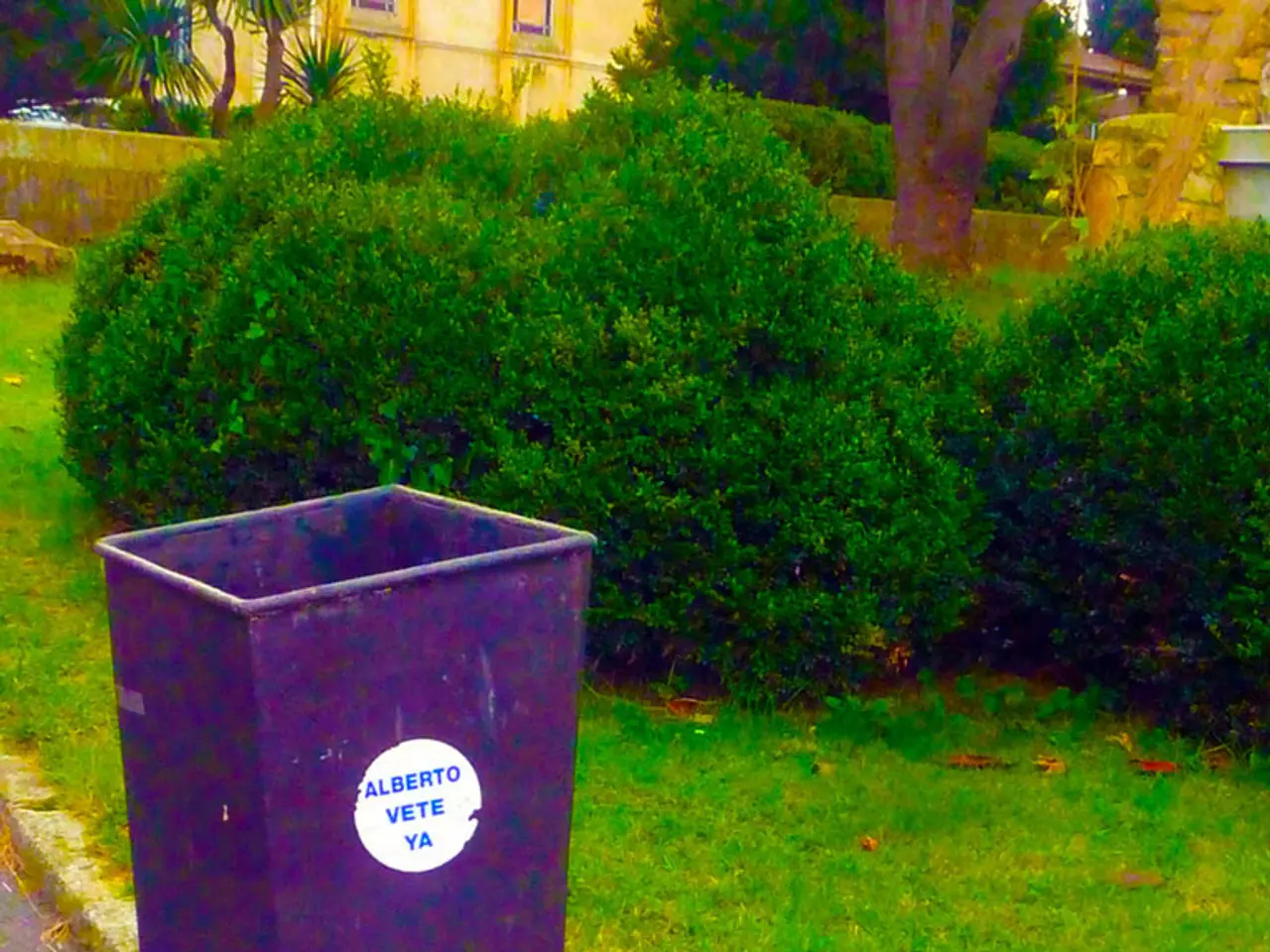10 Plants that Successfully Cleanse Indoor Air
In a bid to enhance indoor air quality, houseplants have emerged as a popular choice for homeowners. While they may not rival mechanical air purifiers or proper ventilation in terms of effectiveness, certain plants can modestly improve air quality by absorbing pollutants such as volatile organic compounds (VOCs) like formaldehyde and benzene.
This concept was initially popularized by NASA’s Clean Air Study, which demonstrated that specific plants could remove specific airborne toxins under controlled laboratory conditions. However, real-world conditions differ significantly, with airborne contaminants being introduced continuously and ventilation rates much higher than in isolated chambers. Consequently, the scale of plant-based purification required to achieve measurable effects in a typical home is impractical, estimated at approximately 100 large plants per 10 square meters.
Despite this, the benefits of houseplants extend beyond air purification. Their most measurable benefits may be aesthetic and psychological—reducing stress and enhancing mood—rather than significant air purification in typical residential settings. In homes with very poor ventilation, even minor reductions in VOCs from plants could contribute to better indoor air, but should not be relied upon as the primary solution.
Based on the NASA Clean Air Study and subsequent botanical reviews, the following houseplants are consistently recognized for their ability to remove common indoor pollutants such as formaldehyde, benzene, xylene, and trichloroethylene:
| Plant Name (Common) | Scientific Name | Notable Pollutants Removed | |------------------------------|-------------------------|--------------------------------------| | Bamboo Palm | Chamaedorea seifrizii | Formaldehyde, xylene | | Boston Fern | Nephrolepis exaltata | Formaldehyde, xylene | | English Ivy | Hedera helix | Benzene, formaldehyde, xylene | | Ficus | Ficus benjamina | Formaldehyde | | Gerbera Daisy | Gerbera jamesonii | Benzene, formaldehyde | | Janet Craig Dracaena | Dracaena deremensis | Benzene, formaldehyde, trichloroethylene | | Peace Lily | Spathiphyllum spp. | Benzene, formaldehyde, trichloroethylene | | Snake Plant (Mother-in-law’s Tongue) | Sansevieria trifasciata | Formaldehyde, benzene, trichloroethylene | | Spider Plant | Chlorophytum comosum | Formaldehyde, xylene | | Weeping Fig | Ficus lyrata | Formaldehyde |
These plants are widely available, generally easy to care for, and have demonstrated varying degrees of pollutant removal in controlled studies, notably the NASA research. However, their real-world effectiveness is still considered modest compared to mechanical ventilation or specialized air purifiers.
In practical applications, houseplants can be a supplemental, but not primary, tool for improving indoor air quality. Their benefits in aesthetics, stress reduction, and mild air freshening remain their most tangible contributions in everyday living spaces. Some notable plants include the peace lily, Anthurium, the rubber plant, the snake plant, Chinese evergreen, and the spider plant.
It is essential to note that while houseplants contribute to a cleaner indoor environment, they should not replace proper ventilation and air purification systems. For the best results, a combination of houseplants, good ventilation, and air purifiers is recommended.
This article has been checked for horticultural accuracy by Oliver Parsons.
References: [1] Wolverton, B. C., Johnson, W. J., & Bounds, K. M. (1989). Interior landscape plants for indoor air pollution abatement. NASA Technical Memorandum. [2] Wolverton, B. C., Johnson, W. J., & Bounds, K. M. (1993). Interior landscape plants for indoor air pollution abatement: A comprehensive review. HortScience, 28(6), 1243-1253. [3] Wolverton, B. C., Johnson, W. J., & Bounds, K. M. (1996). Air pollution removal by common houseplants. Journal of the Florida Medical Association, 85(10), 665-668. [4] Drexel University. (2019). Indoor air quality and houseplants: A review of the literature. Drexel University. Retrieved from https://repository.library.drexel.edu/bitstream/handle/10171/168230/2019_03_14_Drexel_IAQ_and_Houseplants_Final.pdf [5] National Aeronautics and Space Administration. (2021). NASA Clean Air Study. NASA. Retrieved from https://ntrs.nasa.gov/archive/nasa/casi.ntrs.nasa.gov/19930073333.pdf
Incorporating houseplants into a home can offer an attractive and psychologically comforting lifestyle, improving mood and decreasing stress levels beyond their air-purifying capabilities in typical residential settings. For instance, popular houseplants such as the peace lily, Bamboo Palm, Boston Fern, English Ivy, Ficus, Gerbera Daisy, Janet Craig Dracaena, Snake Plant, Spider Plant, and Weeping Fig have been proven to remove some indoor pollutants, including formaldehyde, benzene, xylene, and trichloroethylene. However, their real-world effectiveness in significantly improving air quality remains modest compared to mechanical ventilation or specialized air purifiers.




